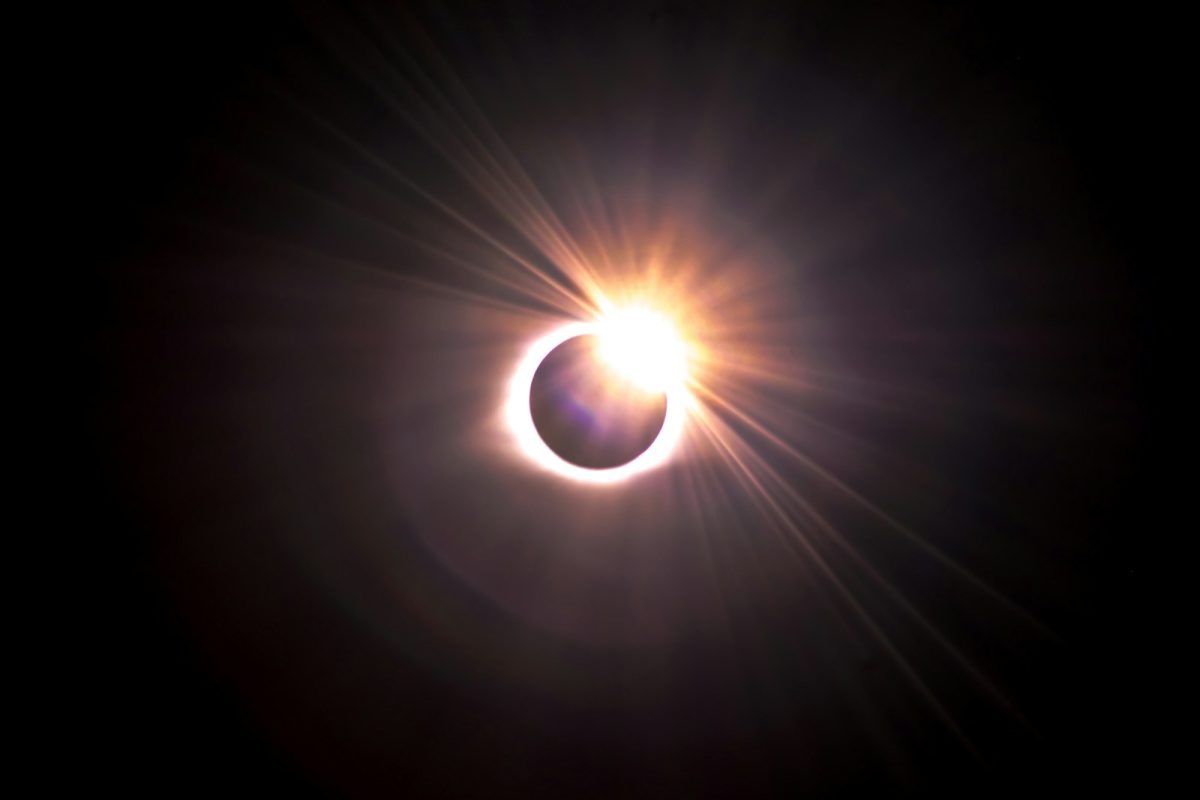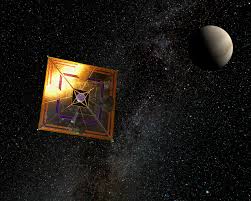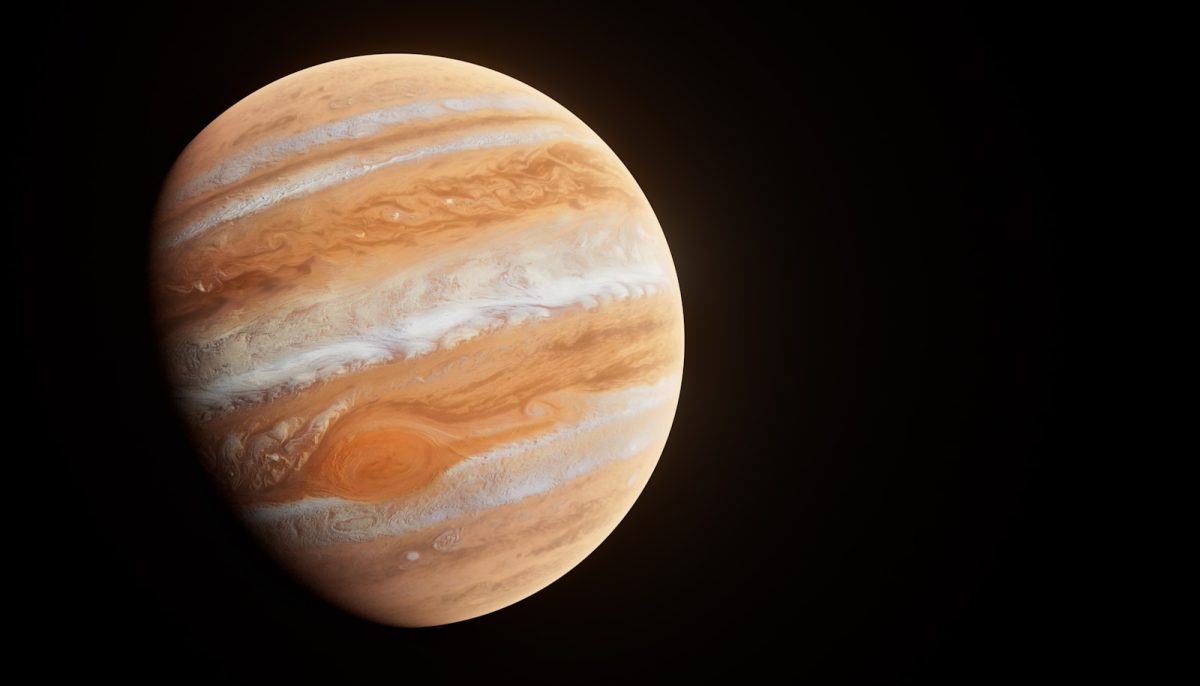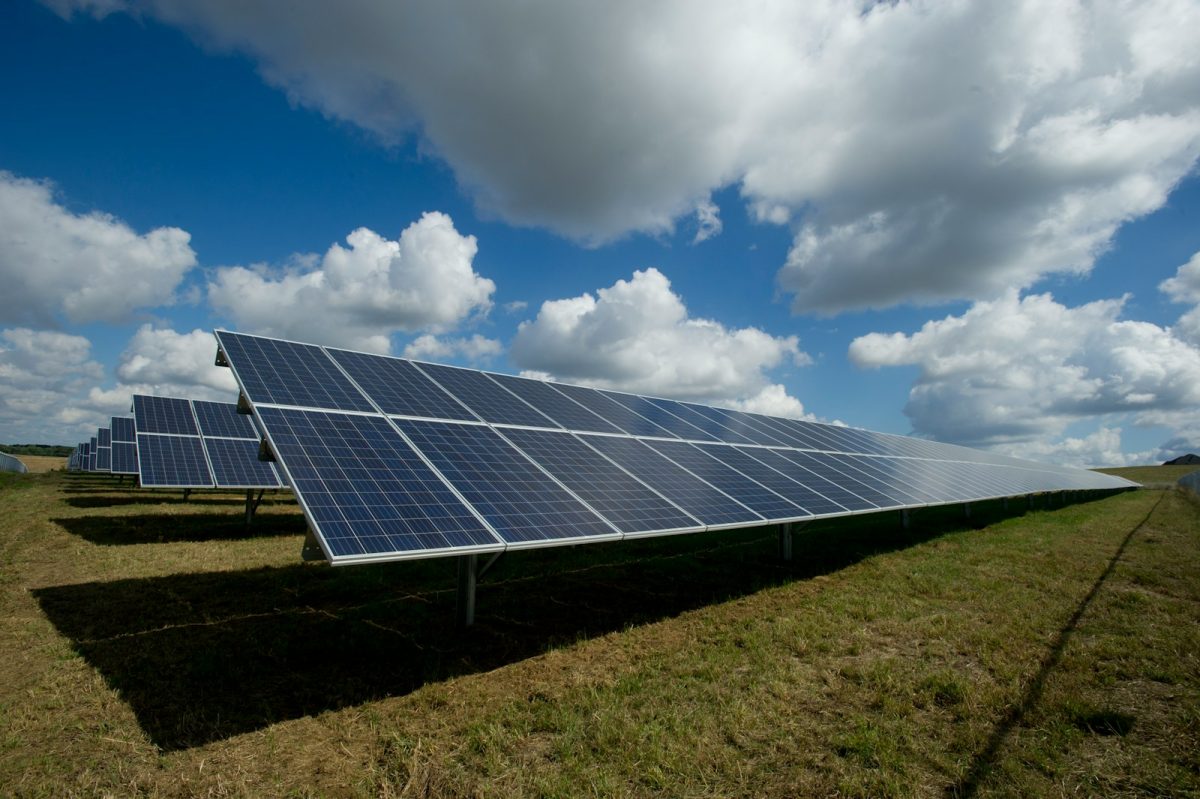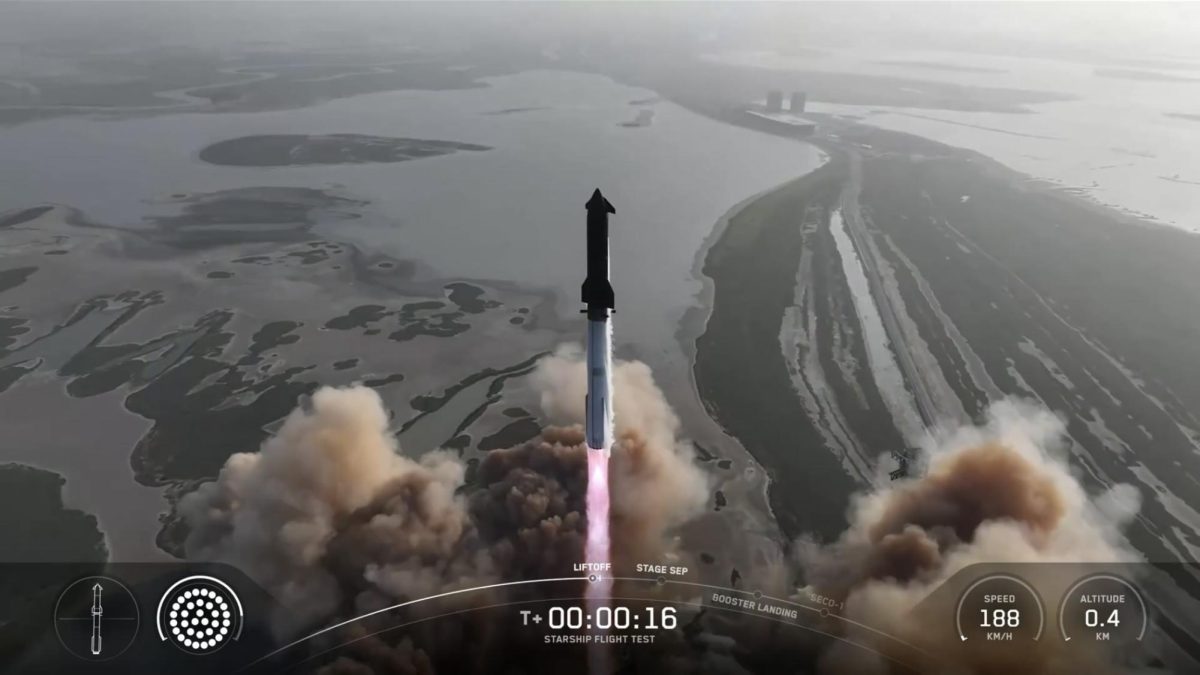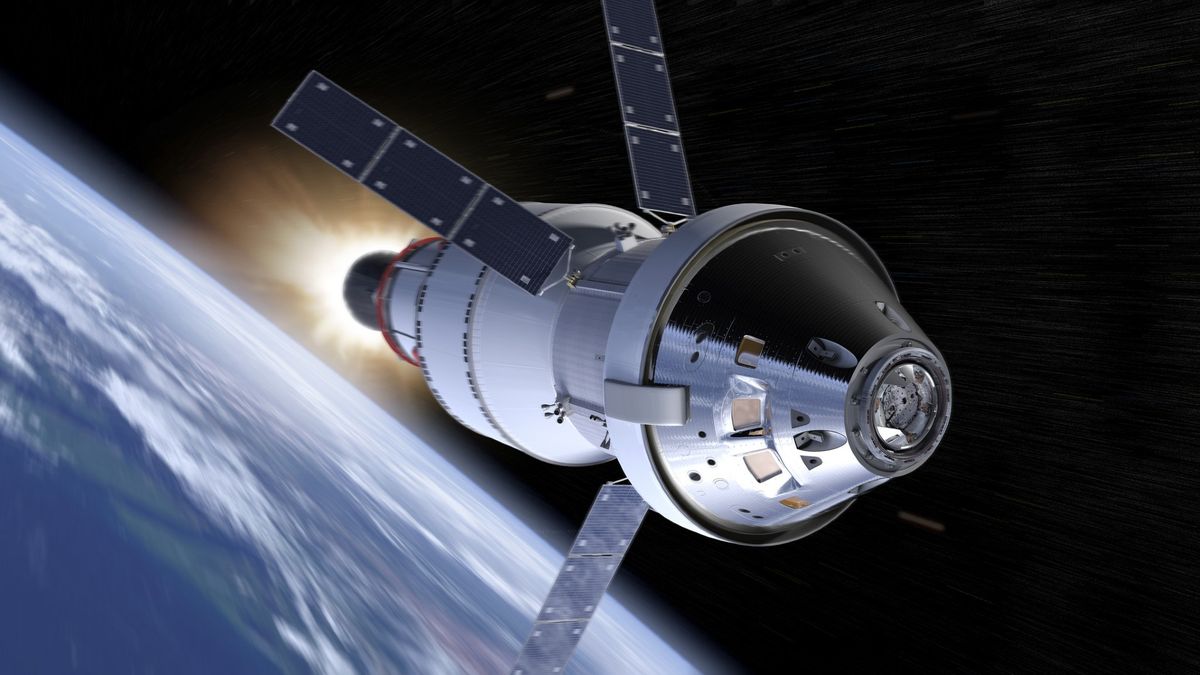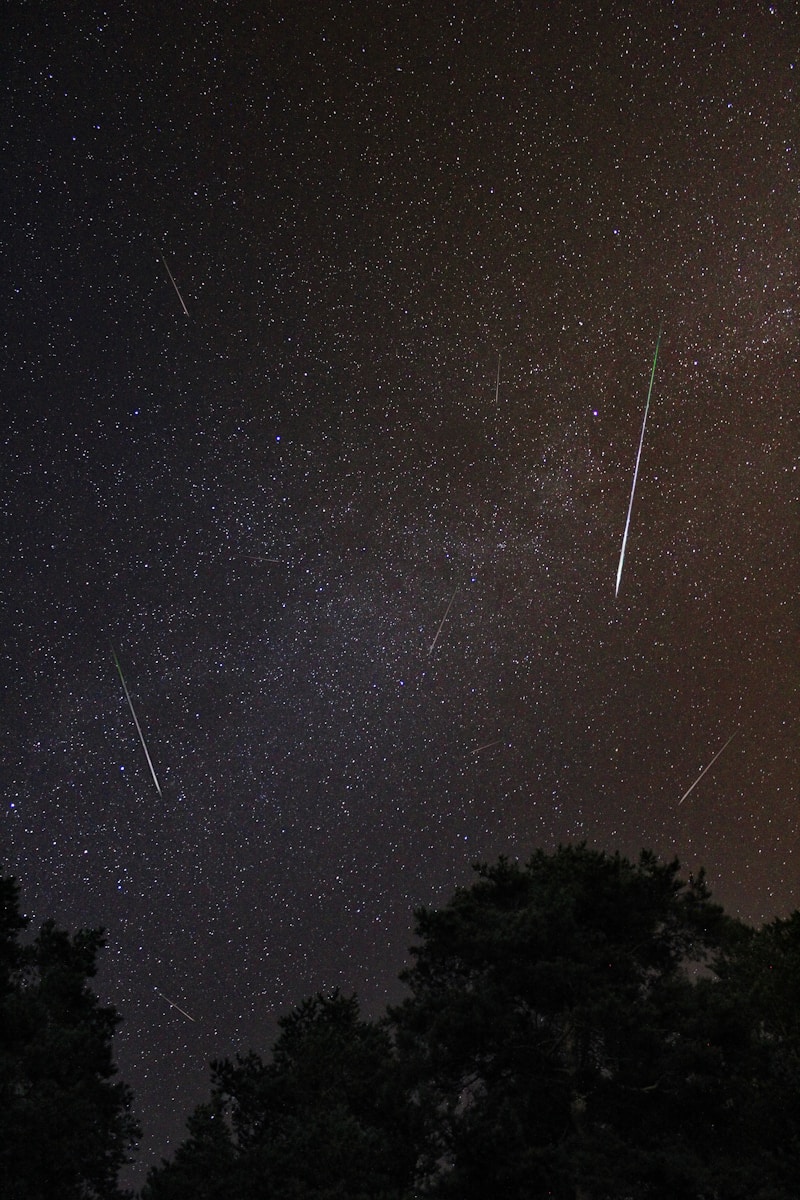The total solar eclipse on April 8 was a rare and short opportunity for scientists to observe the Sun’s mysterious corona. The corona is the outermost layer of the Sun’s atmosphere. It’s about a million kilometers above the Sun’s surface. When the Sun’s corona is in eclipse, it appears as a thin white glow in the darkened atmosphere. Most days, the Sun’s surface is too bright to see the super heated corona.
Scientists studied the Sun’s corona for an extended period of time by creating an artificial solar eclipse in space. This will be possible thanks to ESA’s Proba-3 mission, which will have two satellites that will align perfectly to create an orbital solar eclipse at any time of the day or night. The two spacecraft, the occulter and the coronagraph, are currently being tested at Redwire Space’s Kruibeke facility in Belgium. “These two spacecraft will look like a single 150-m long tool,” Dietmar Pilz said in a statement.
The Occulter satellite will be about 150 meters away from its orbital companion, the Coronagraph. Each orbit of Proba-3 will last approximately 19 hours, 36 minutes. There will be opportunities to generate artificial eclipses lasting up to six hours during each orbit. With this extended observation period, astronomers will be able to study the solar corona and gain valuable insights into the Sun’s fiery atmosphere. AspPIICS, Proba-3’s main instrument, will generate data as if it were “boarded by a single rigid spacecraft”. AspPIICS stands for “Asperger’s Syndrome Investigation of the Corona.” The mission achieves millimeter precision through the integration of precise positioning technologies including satellite navigation, intersatellite communications, and visible-light cameras and laser beams.
There will not be another eclipse for nearly 20 years.
Related Stories:
- https:// www.washingtonpost.com/science/2024/03/22/solar-eclipse-corona-science/
- https:// www.theverge.com/2024/4/3/24120149/european-space-agency-artificial-solar-eclipse-proba-3-spacecraft-corona-study
- https:// www.hawaii.edu/news/2024/04/02/unlock-sun-secrets-during-eclipse/
- https:// www.space.com/proba-3-europe-artificial-eclipse-launch-satellites-india-sun
- https:// petapixel.com/2024/01/05/the-esas-proba-3-will-recreate-a-total-eclipse-to-study-the-suns-corona/
Take Action:
